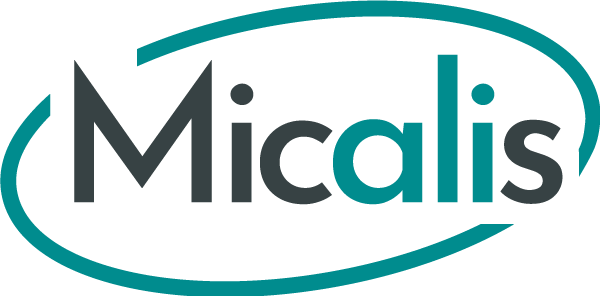PhD defense :
Role of ALPK1 in intestinal homeostasis
Maintaining intestinal homeostasis depends on a closely regulated interaction between the gut microbiota, intestinal epithelial cells (IECs) and immune cells in the mucosa. Certain receptors, particularly pattern recognition receptors (PRRs) stimulated by molecules produced by the microbiota, participate in a protective physiological response. This physiological response eliminates pathogens, stimulates the maturation of the immune system, repairs damaged tissue, increases epithelial barrier functions and participates in the differentiation and proliferation of IECs. The intestinal epithelium forms a physical barrier between the host and its environment. This epithelium is structured into villi, found only in the small intestine, and crypts. It is composed of different cell types capable of absorbing or secreting metabolites, some of which help protect the barrier by keeping the microbiota at bay. The cells at the bottom of the crypt, the stem cells, are essential for epithelial renewal and maintaining homeostasis. This is why numerous mechanisms are involved in maintaining this pool of stem cells. In addition to their physical barrier role, epithelial cells express numerous PRRs, which are considered key regulators of intestinal homeostasis and participate in the healing and renewal of the epithelium following intestinal damage caused by inflammation.
However, no studies have evaluated the role of ALPK1 in this context. In order to understand the role of ALPK1 in IBD, we subjected mice deficient in this receptor to sodium dextran sulphate-induced colitis. We showed that deletion of this gene leads to increased susceptibility of the animals to colitis. Furthermore, stimulation of ALPK1 by its ligand in mice has an impact on the integrity of the intestinal mucosa during the induction of colitis. We then sought to understand the mechanisms of ALPK1 involved in protecting against colitis in mice using an in vitro model of murine organoids. This allowed us to understand that activation of this receptor had an impact on epithelial cells by modulating cell differentiation and the epithelial regeneration process. Taken together, these findings suggest that ALPK1 plays a role in the intestinal repair process triggered by intestinal damage via modulation of intestinal epithelial cell functions.
Jury members:
- Thomas Candela, DR, Université Paris-Saclay – Président
- Franck Galland, PR, Université Aix-Marseille – Rapporteur
- Thomas Henry, DR, Université Claude Bernard Lyon1 – Rapporteur
- Nathalie Rolhion, CR, Sorbonne Université – Examinatrice
- Marie-Agnès Bringer, CR, Université Bourgogne-Dijon – Examinatrice
Directed by:
Nicolas LAPAQUE (Research Director, Micalis Institute, INRAE, FInE team).




